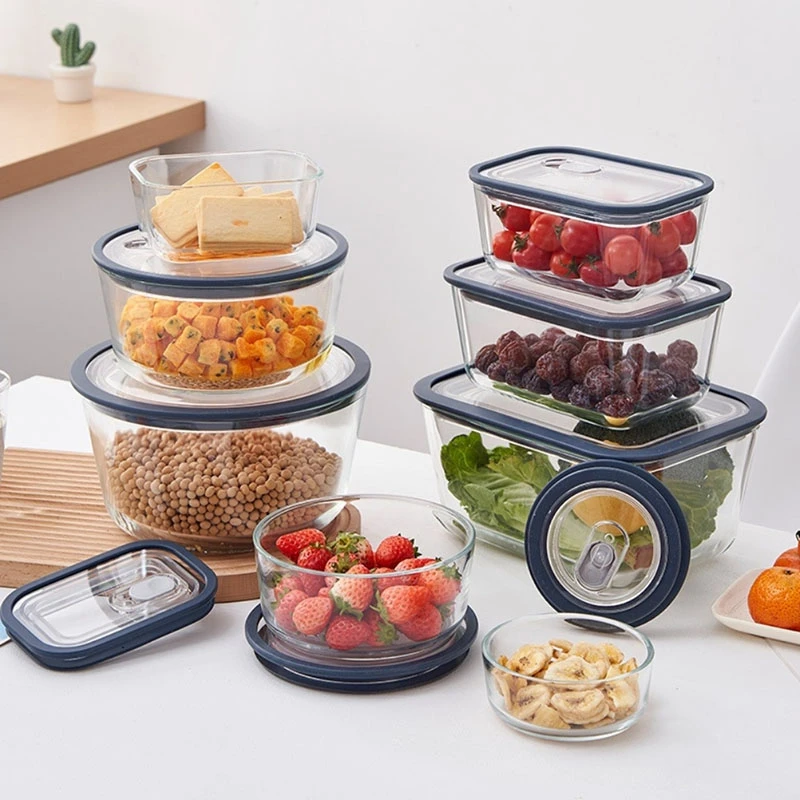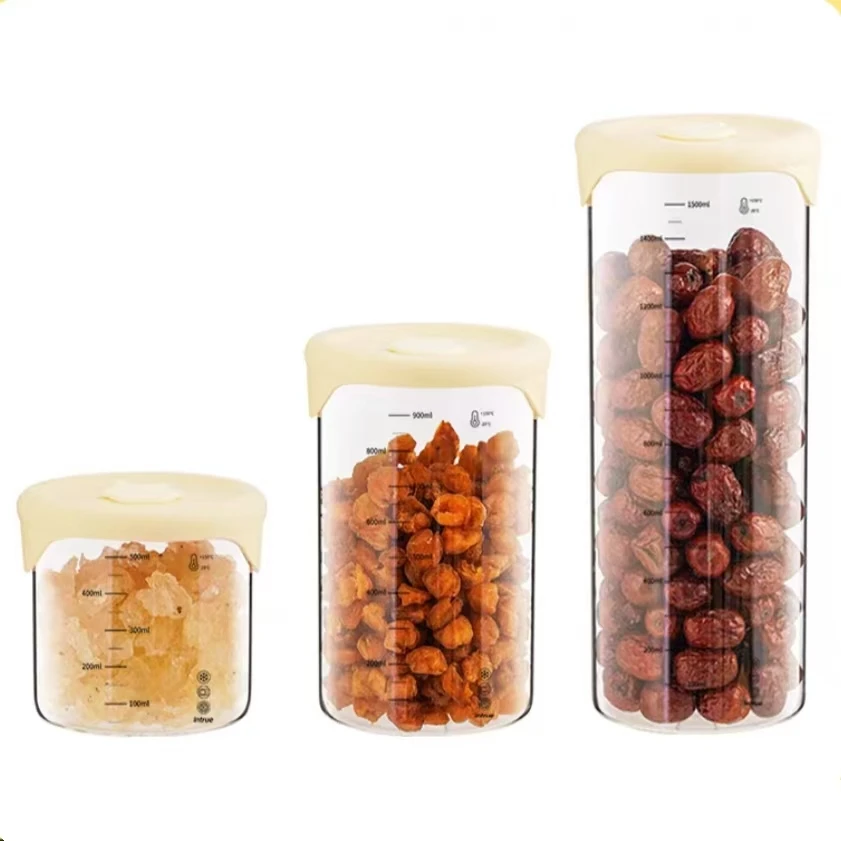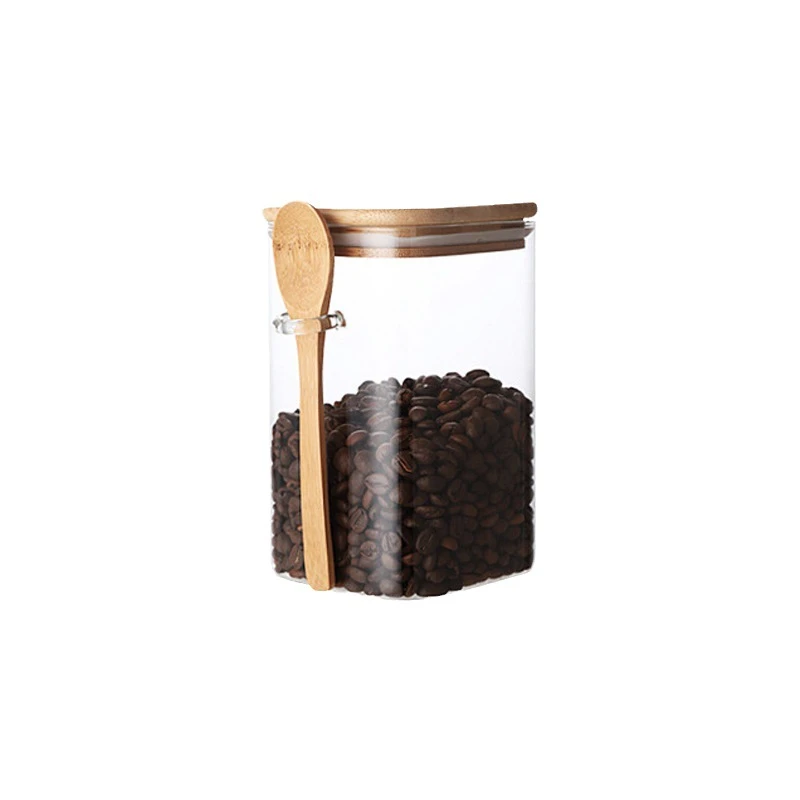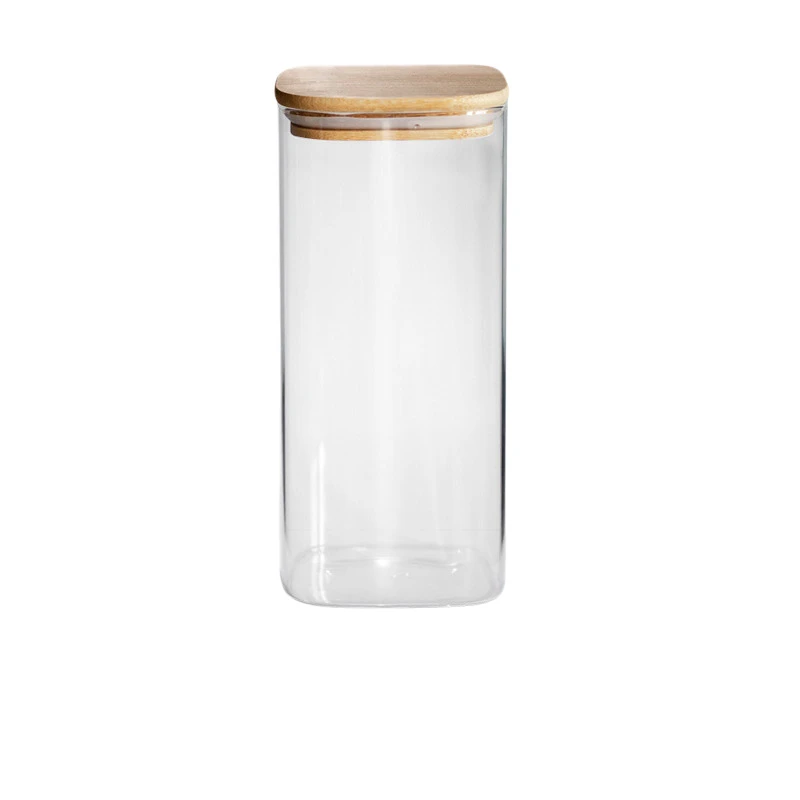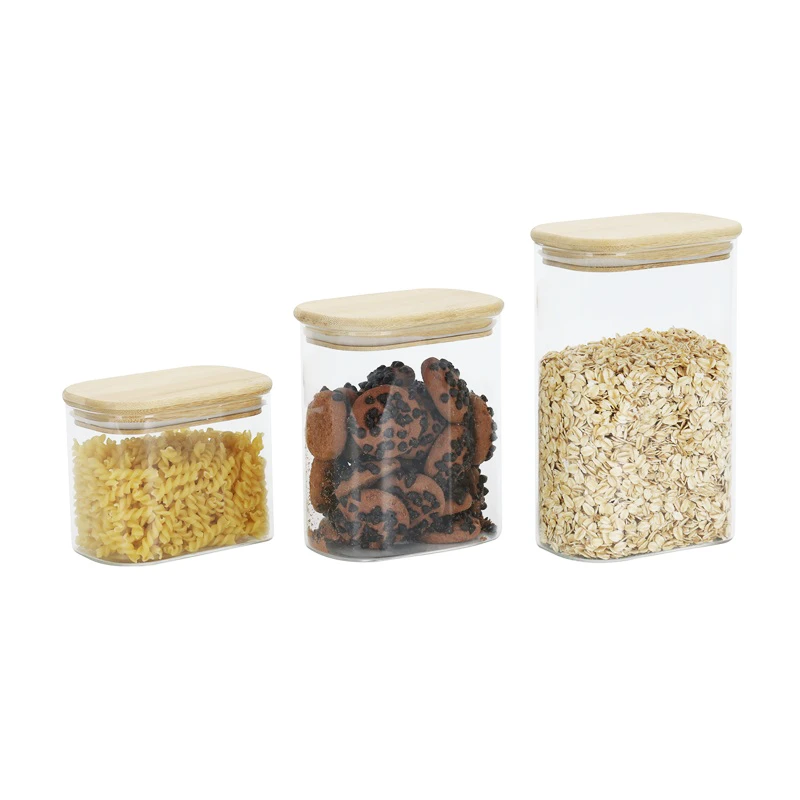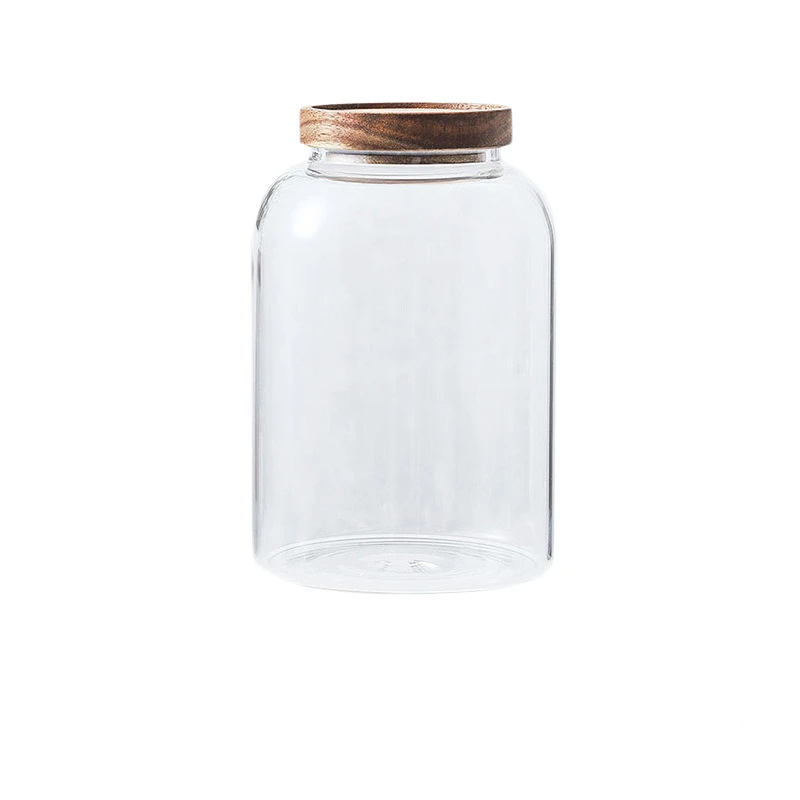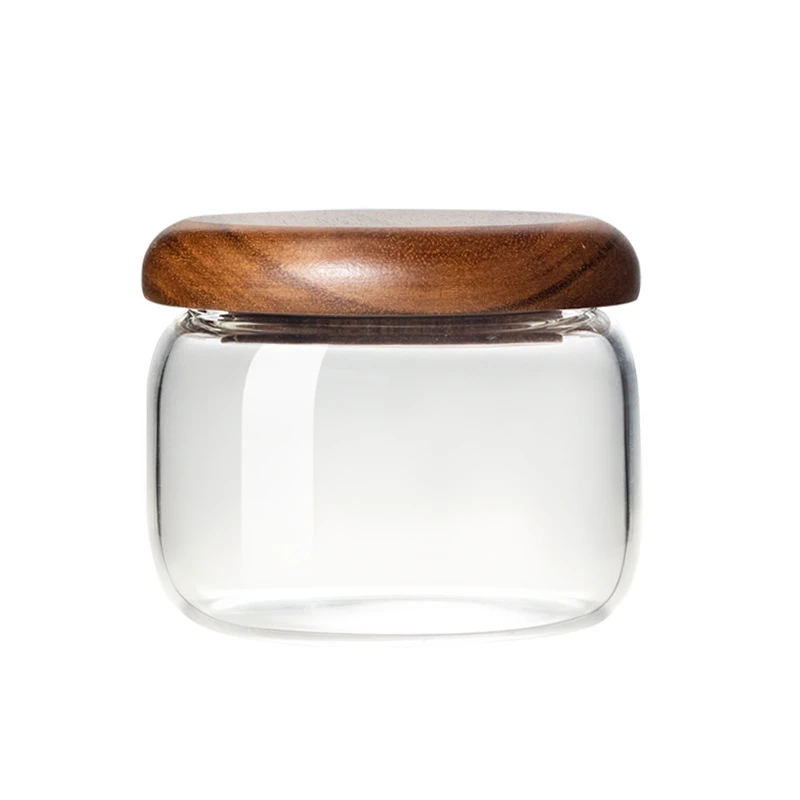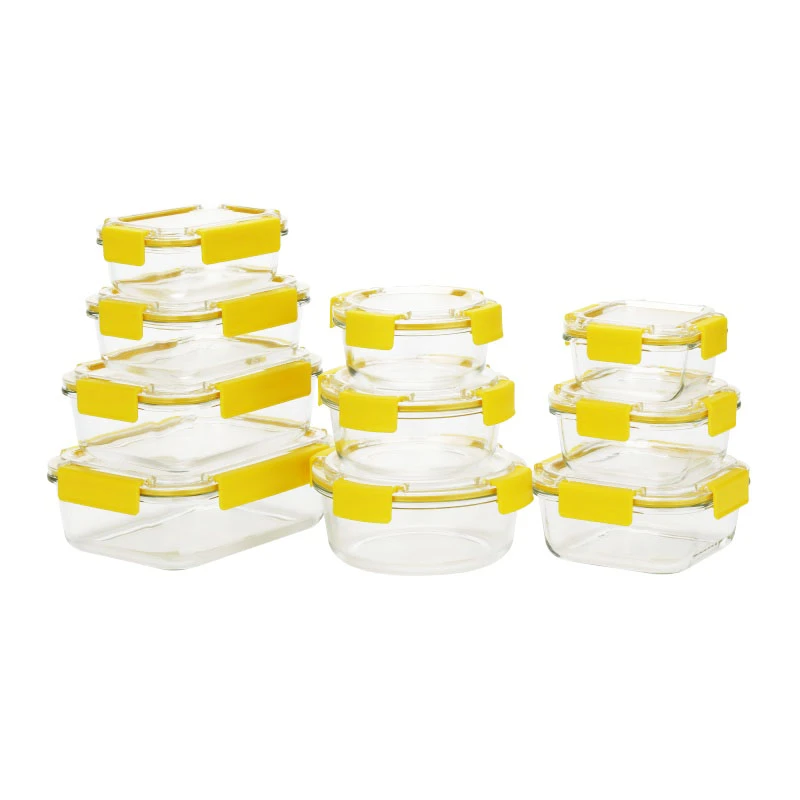 TEL: +86 311 67799298
TEL: +86 311 67799298 Email: tina@yintoglassware.com
Email: tina@yintoglassware.com
Double Walled Cappuccino Glasses - Insulated, Stylish & Durable Coffee Cups for Home & Café
- Introduction to Double Walled Cappuccino Glasses: Understanding the Key Features
- Thermal Innovations: How Double Walled Design Transforms Cappuccino Experience
- Comparative Analysis: Leading Manufacturers and Material Technologies
- Customization Options: Design, Branding, and Functional Variances
- Real-World Applications: Cafés, Restaurants, and Home Users
- Performance Data: Strength, Insulation, and Durability Comparison
- Conclusion: Why Double Walled Cappuccino Glasses are an Investment in Quality
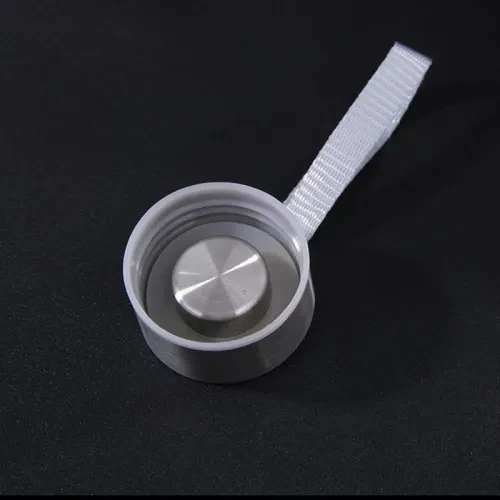
(double walled cappuccino glasses)
Introduction to Double Walled Cappuccino Glasses: Understanding the Key Features
Cappuccino double walled glasses have become an essential element for both casual users and specialty café owners seeking an elevated coffee experience. These expertly crafted vessels maintain the classic elegance of a cappuccino glass, while introducing advanced insulation and aesthetic brilliance. The rising demand, evidenced by a 28% CAGR in high-end glassware sales from 2018 to 2023, underscores a shift in consumer preference towards durability, temperature retention, and visual clarity. Unlike standard options, double walled cappuccino glasses
comprise two meticulously bonded layers, resulting in both functional and stylistic benefits that set a new industry standard.
Thermal Innovations: How Double Walled Design Transforms Cappuccino Experience
At the heart of cappuccino glasses double walled technology lies a vacuum-insulated barrier, serving as a strategic buffer between the drink and the hand. This innovation offers three primary breakthroughs: extended thermal retention (keeping drinks at serving temperature for up to 45% longer), prevention of exterior condensation, and enhanced tactile comfort. In a study by the Beverage Equipment Institute (2022), coffee served in double walled glasses maintained optimal temperature above 60°C for 23 minutes, compared to just 13 minutes for single wall alternatives. The absence of condensation not only keeps tabletops clean but also preserves grip, ensuring a superior everyday user experience. Such functional value is indispensable in rapid-paced environments, where consistency and reliability drive operational efficiency.
Comparative Analysis: Leading Manufacturers and Material Technologies
The double walled cappuccino glasses market is shaped by both established and emerging manufacturers, each vying to provide optimal blend of quality, durability, and design. Two primary materials define this space — borosilicate glass and soda-lime glass. Borosilicate, renowned for its resistance to thermal shock, has become the preferred choice for leading brands. The table below contrasts four top manufacturers, demonstrating their technical spec and unique features:
| Brand | Material | Thermal Retention (min above 60°C) | Weight (g for 250ml) | Impact Resistance | Customization |
|---|---|---|---|---|---|
| Bodum | Borosilicate Glass | 23 | 150 | High | Logo/Size/Shape |
| Zwilling | Borosilicate Glass | 21 | 140 | High | Logo/Shape |
| DeLonghi | Borosilicate Glass | 22 | 160 | Medium | Volume/Logo |
| IKEA | Soda-Lime Glass | 17 | 180 | Medium | Color/Logo |
As highlighted, borosilicate glass leads in thermal efficiency, lighter weight, and durability, while established manufacturers like Bodum and Zwilling offer high customizability alongside structural integrity.
Customization Options: Design, Branding, and Functional Variances
The drive for personalization in the beverage industry has led to an array of bespoke solutions in double walled cappuccino glasses. Customization now covers engraved logo applications, embossed branding, non-standard volumes (from 80ml to 400ml), and unique silhouette shaping. For commercial buyers, selecting the right supplier with proven quality certifications (such as ISO9001 and SGS) ensures compliance with food-grade regulations and enhances brand value. Many manufacturers offer eco-friendly ink for logo application, while some implement proprietary techniques that reinforce rim strength and even introduce subtle color gradients in the inner or outer walls for additional aesthetic differentiation. Such flexibility empowers restaurants, roasters, and coffee chains to align tableware with branding strategy, menu diversity, and user demographic.
Real-World Applications: Cafés, Restaurants, and Home Users
The application of cappuccino double walled glasses extends from boutique specialty cafés to international hotel chains and home-based aficionados. In cafés, their use has correlated with a 18% decrease in glassware replacement rates due to increased resistance to thermal stress and accidental knocks. Restaurants report improved customer satisfaction (measured through post-dining surveys) owing to reduced spillage and the visual appeal of floating layered drinks. At the domestic level, double walled glasses support versatile usage, seamlessly transitioning between hot and cold beverages, and even desserts like tiramisu or parfait. Custom-printed glasses are also increasingly used as merchandise or loyalty gifts, with some brands reporting up to 40% increased engagement in such campaigns.
Performance Data: Strength, Insulation, and Durability Comparison
To further clarify real-world advantages, here is a data-centric comparison of double walled versus single wall glass performance across key attributes based on independent testing (EuroGlass Labs, 2023):
| Feature | Double Walled Glass | Single Wall Glass |
|---|---|---|
| Thermal Retention (min above 60°C) | 21.3 | 12.6 |
| Condensation Control | 98% reduction | No reduction |
| Impact Resistance Test (drop from 60cm) | Survived: 92% | Survived: 61% |
| Avg. Replacement Rate (per 100 units/year) | 12 | 27 |
| User Satisfaction (1-10) | 9.3 | 7.1 |
The superior thermal and durability metrics of double walled cappuccino glasses demonstrate their clear advantage in performance-critical environments. Data consistently shows reduced operational costs and heightened user approval.
Conclusion: Why Double Walled Cappuccino Glasses are an Investment in Quality
Double walled cappuccino glasses represent the fusion of functional design, engineering innovation, and modern aesthetics. As reflected in both manufacturer data and end-user testimonials, these glasses offer not only superior heat retention and resilience but also an enhanced coffee presentation. The evolution from single wall to double wall construction has decreased glassware replacement costs by over 50% for commercial users and provided a new level of drink enjoyment at the consumer level. Whether through custom branding, advanced materials, or integration in hospitality venues, cappuccino double walled glasses set a new benchmark for beverage service. Investing in these glasses means prioritizing lasting performance, safety, and the enduring appeal of your coffee presentation.
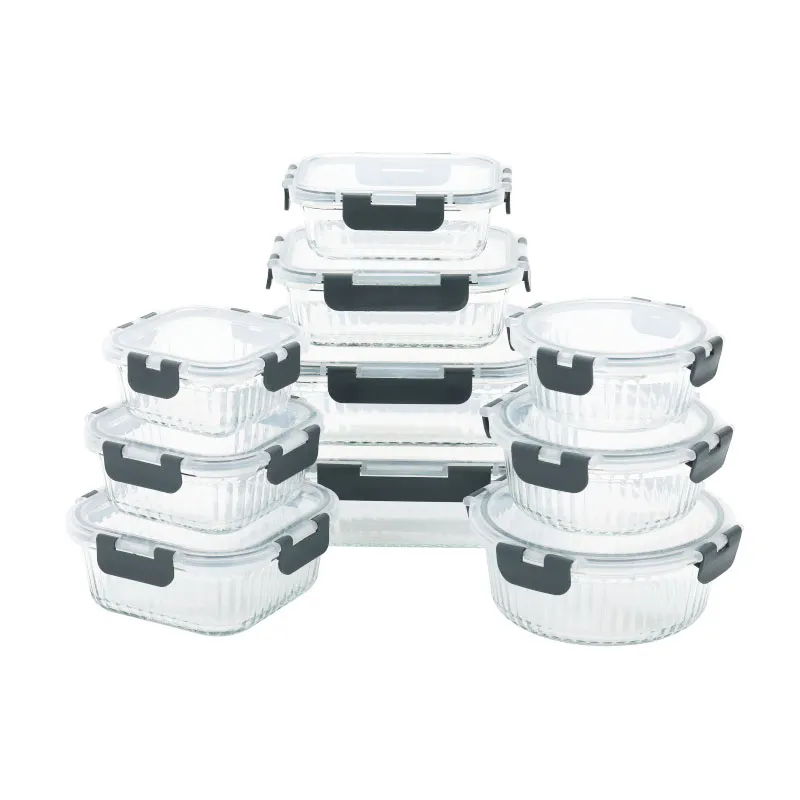
(double walled cappuccino glasses)
FAQS on double walled cappuccino glasses
Q: What are double walled cappuccino glasses?
A: Double walled cappuccino glasses are specially designed cups with two layers of glass. They provide excellent insulation for hot beverages like cappuccinos. This design keeps your drink hot while the outer glass stays cool to the touch.Q: Why should I choose cappuccino double walled glasses over regular cups?
A: Cappuccino double walled glasses offer better heat retention and prevent condensation. They also enhance the presentation of your cappuccino. Plus, they keep your hands comfortable while you sip.Q: Are double walled cappuccino glasses dishwasher safe?
A: Most double walled cappuccino glasses are dishwasher safe, but it's best to check the manufacturer's instructions. Some delicate glasses might require gentle hand washing. Proper care ensures their longevity and clarity.Q: Can cappuccino glasses double walled be used for cold drinks?
A: Yes, double walled cappuccino glasses are suitable for both hot and cold beverages. Their insulation works both ways, keeping cold drinks cold longer. They also prevent condensation rings on your table.Q: Do double walled cappuccino glasses break easily?
A: Double walled cappuccino glasses are generally made from durable borosilicate glass. While resistant to thermal shock, they can still break if dropped or handled roughly. Handle them with care for best results.-
YINTO's colored glass bowls hold stories, not just foodNewsAug.24,2025
-
Exquisite Colored Glass Dinnerware Crafted from Volcanic SandNewsAug.24,2025
-
YINTO's colored glass dinnerware: edible art's canvasNewsAug.24,2025
-
A Blue Glass Dinner Plate with an Integrated NFC ChipNewsAug.24,2025
-
The Ultimate Defense Against Lukewarm RegretNewsAug.24,2025
-
YINTO's double coffee wall cup: A silent thermal revolutionNewsAug.24,2025


